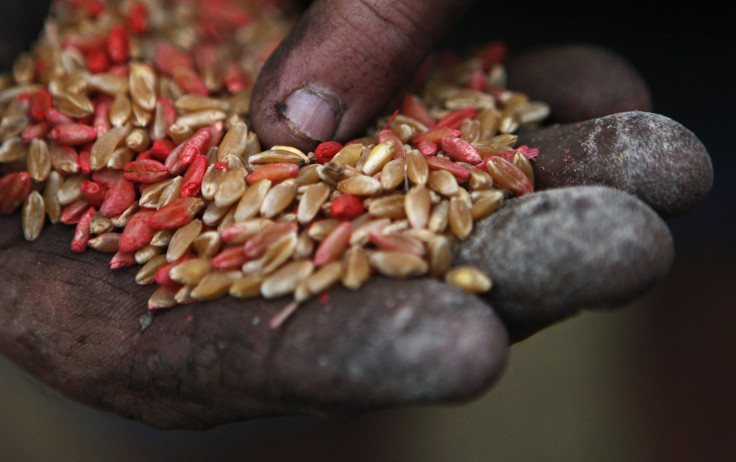Cutting Food Production Waste Could Feed 1 Billion Additional People

There are currently about 7 billion people living on the planet as of last year, and it does not appear that there will be any fewer of us in the foreseeable future. In fact, some population forecasts say that, by the end of the twenty-first century, there will be over 10 billion people. But, for various reasons, millions of those people go hungry every night.
One study conducted by a multinational team of researchers from Finland, Germany, and the Netherlands, has found that a significant reason that hunger is so prevalent in the world is due to waste. They say that, if waste was eliminated even by half, an additional billion people in the world could be fed every day.
It would be close to impossible to clear significantly more agricultural land because certain materials used for fertilizers are currently running low. There is also not enough clean water for every person on earth, and 90 percent of the clean water used by people is already used for agriculture.
Nonetheless, a quarter of the food calories produced right now is wasted or lost at different steps of the food production chain. Aside from the fact that these foods do not make it to people's plates, these lost or wasted items also account for 24 percent of the water used for agriculture, 23 percent of the land used to grow these fruits and vegetables, and 23 percent of fertilizer use.
The researchers developed a model based on the amount of losses incurred by region. Then, using the region with the lowest number of losses as a base, they discovered just how much food we could produce.
Their study found that 614 kilocalories per person were lost a day. Without those losses, food production would produce 2,609 kilocalories per person a day. With just the currently used resources, we could feed an additional billion people. That would mean that, of the 925 million people in the world who currently go hungry, all of them could eat full meals every day.
The researchers urge people to pay attention, because the growth of food today could impact food supply in the future.
The study was published in the Science of the Total Environment.



























